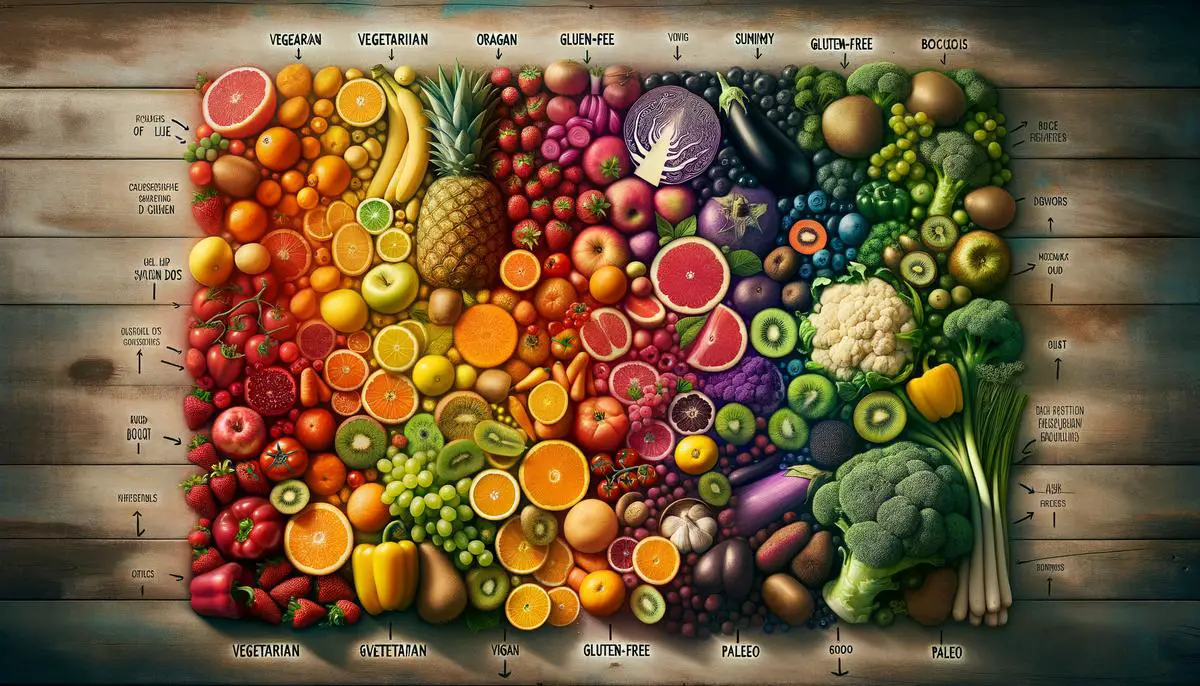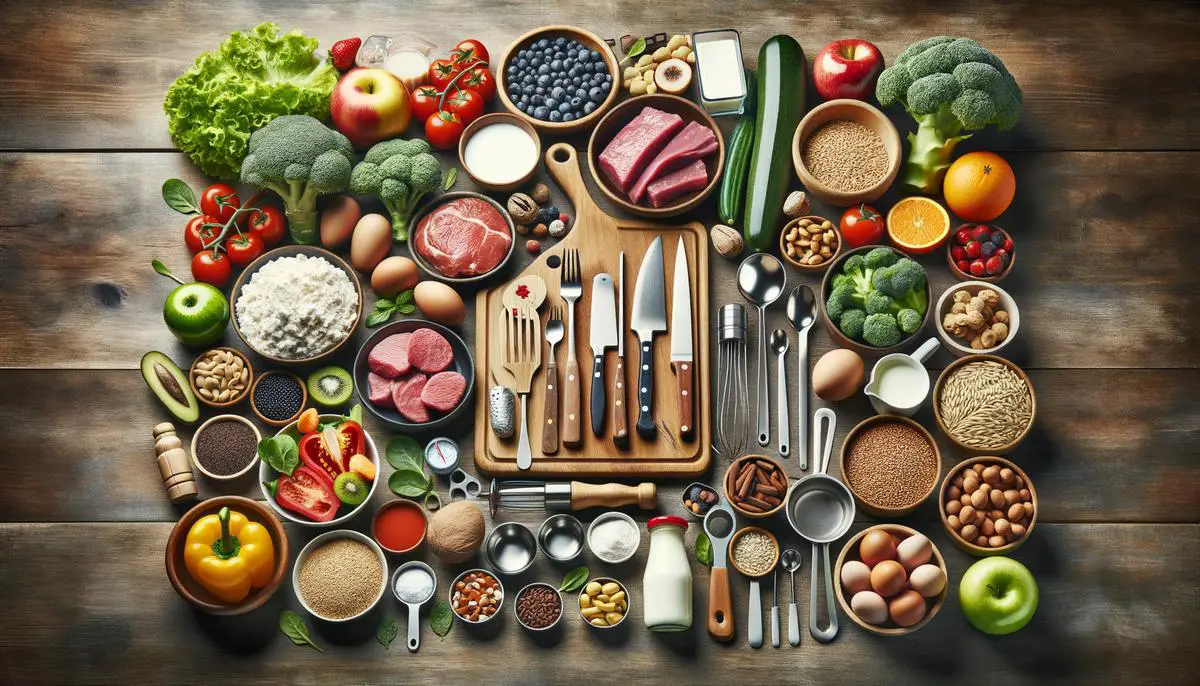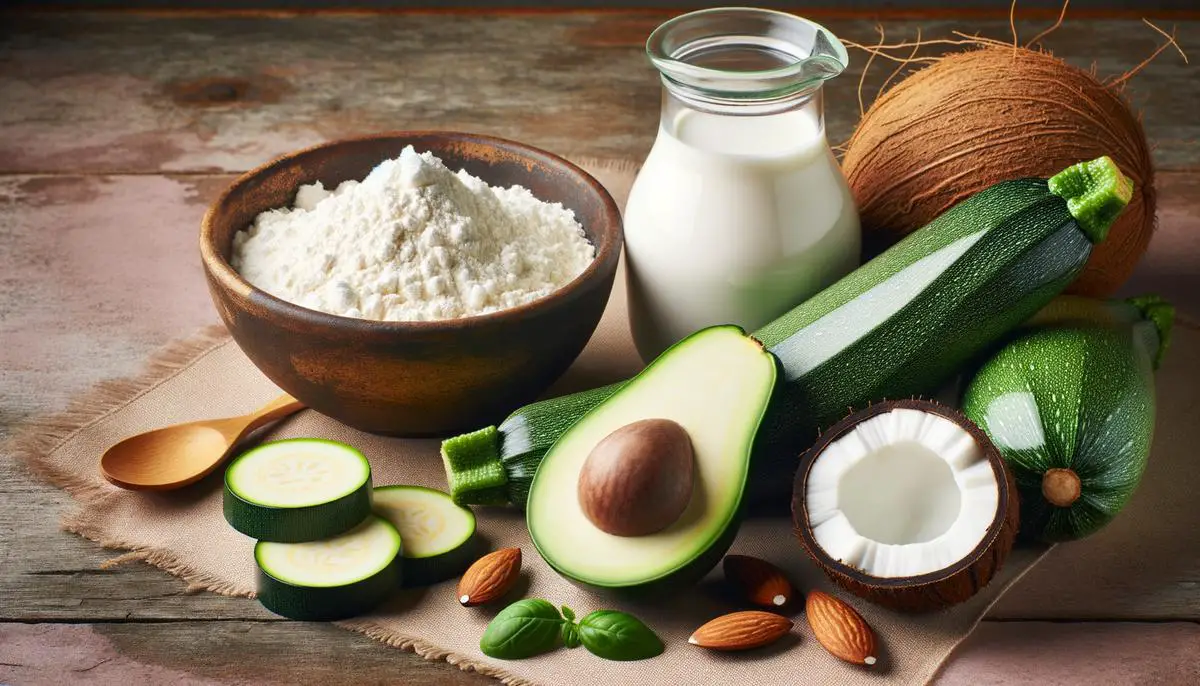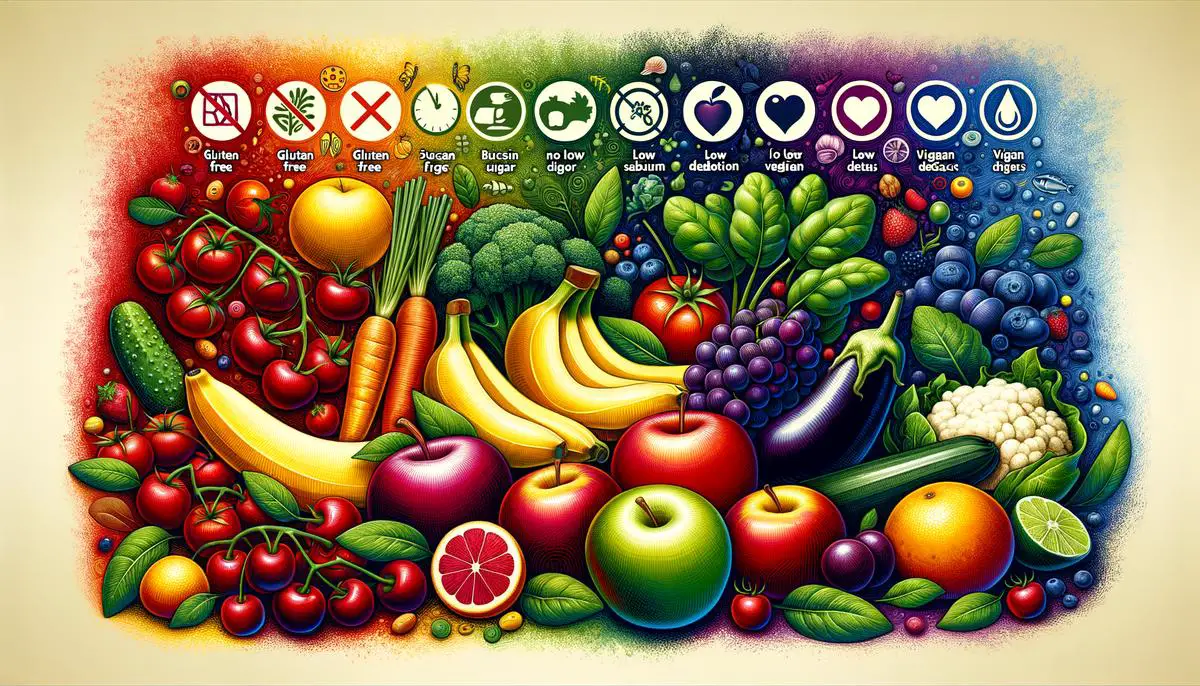Special diets serve a crucial role in catering to the unique nutritional and health needs of individuals, encompassing a range of motivations from managing medical conditions to upholding ethical beliefs. These diets demand a thoughtful approach to eating, requiring careful selection and preparation of food to meet specific dietary restrictions. The exploration of meal planning, finding substitutes, and the art of cooking for special diets not only illuminates the challenges involved but also showcases the potential for creativity and satisfaction within these constraints.
Understanding Special Diets
Special diets cater to the specific nutritional or health needs of individuals, varying greatly from person to person. They may be adopted due to allergies, intolerances, ethical beliefs, or medical conditions, each requiring a distinct set of dietary restrictions and considerations. For example, someone with celiac disease would follow a strict gluten-free diet to avoid harming their digestive system, while a person with lactose intolerance might eliminate dairy to prevent discomfort. Additionally, ethical or environmental motivations can lead individuals to embrace vegetarian or vegan diets, avoiding animal products altogether.
Who exactly needs a special diet depends on a mix of personal health circumstances and choices. Medical professionals often prescribe special diets as part of treatment plans for conditions like diabetes, heart disease, or kidney problems, where dietary management can significantly impact health outcomes. On the other hand, personal choices related to beliefs about animal welfare or sustainability can prompt individuals to alter their eating habits voluntarily. Regardless of the reason, those following special diets must pay careful attention to their nutritional intake to ensure they’re meeting their body’s needs, often requiring guidance from dietitians or nutritionists to navigate the complexities of their dietary requirements.

Planning Meals for Special Diets
Embarking on a special diet can often feel like navigating through a maze, but with the right tools and strategies, meal planning becomes a breeze, turning daunting tasks into joyful discoveries of flavor and health. Start with the cornerstone of efficiency: organization. Drafting a meal plan for the week not only saves time and money but also ensures a balanced intake of nutrients, crucial for anyone on a restricted diet. Begin by jotting down a variety of meals that fit within your dietary parameters, aiming for diversity to keep your diet interesting and nutritionally sound. Apps and online resources tailored to special diets can be goldmines of inspiration, providing recipes that meet your needs without hours of searching.
Equally important is mastering the art of grocery shopping. Armed with your weekly meal plan, create a detailed shopping list segmented by grocery store sections to streamline your shopping experience. Consider buying in bulk items that fit within your diet and have a long shelf life, such as whole grains, legumes, and frozen vegetables. Always have a keen eye for reading labels, as hidden allergens or non-compliant ingredients can lurk in unsuspecting places. Furthermore, embrace the art of meal prepping. Setting aside a few hours to prepare meals for the week can significantly reduce daily kitchen time, making adherence to your special diet more manageable. Cook in batches and make use of versatile ingredients that can be repurposed into different meals throughout the week. Freezing portions can also be a game-changer, ensuring you always have something on hand that aligns with your dietary needs.
The journey through specialized dietary requirements doesn’t have to be a solo voyage. Engaging with online communities and forums can offer support, exchange of ideas, and even friendship. Sharing experiences and tips with others who face similar challenges not only enriches your pool of knowledge but also reinforces the notion that variety, creativity, and satisfaction need not be compromised in the pursuit of health and wellness on a special diet. Embrace these strategies, and watch your diet transform from a restrictive list of ingredients to a colorful palette of nourishing and delightful meals.

Special Diet Substitutes and Recipes
Exploring unique ingredients and creative substitutions can infuse excitement into special diet cooking, transforming it from a dietary limitation into a culinary adventure. For those navigating the realms of gluten-free or dairy-free diets, alternatives like almond flour or coconut milk can open up a world of flavor possibilities. Almond flour, with its rich, nutty taste, works beautifully in baked goods, giving them a moist, tender texture that often surpasses traditional wheat flour-based recipes. Meanwhile, coconut milk, with its creamy consistency and slight sweetness, can be a game-changer in everything from dairy-free ice cream to creamy soups and sauces. Not only do these substitutes make dishes delicious, but they also add nutritional benefits, such as healthier fats and additional vitamins.
The excitement doesn’t stop at substitutes; it extends into the realm of recipes that cater to various dietary needs without compromising flavor or satisfaction. Imagine diving into a bowl of zucchini noodles, spiraled to perfection, tossed in a robust, homemade pesto sauce that’s both dairy and nut-free, showcasing the versatility of dietary accommodations. Or, consider the unforgettable experience of savoring a slice of a vegan chocolate avocado cake, where the richness of the avocado pairs exquisitely with cocoa to create a decadent dessert that’s both a conversation starter and a testament to the joy of special diet cooking. These examples demonstrate that with a bit of creativity and open-mindedness, cooking for special diets can not only be manageable but also genuinely enjoyable, offering new flavors and experiences that make every meal an exciting discovery.

Navigating Challenges
Cooking for special diets often introduces the challenge of maintaining proper nutrition while satisfying taste preferences, a real puzzle for many home cooks and professional chefs alike. The key lies in the balance—not just of flavors, but of nutrients. For those managing diabetes, for example, carb counting becomes part of daily life, necessitating a deeper understanding of food labels and portion sizes. Heart disease calls for a low-sodium diet, requiring cooks to find alternative ways to season dishes without relying on salt. This can lead to a feeling of restriction that dampens the joy of eating. However, embracing spices, herbs, and the natural flavors of foods can open up a new world of culinary possibilities. Learning to use lemon juice, garlic, and fresh herbs can transform a bland diet into a celebration of flavors, all while adhering to dietary guidelines.
Overcoming these culinary hurdles also means not just adjusting recipes but embracing an entirely new approach to cooking and eating. Social situations, such as dining out or attending gatherings, pose additional challenges for those on special diets. The fear of cross-contamination or the lack of suitable menu options can make dining out seem daunting. But here too lies an opportunity for creativity and advocacy. Many restaurants are increasingly accommodating dietary restrictions, but it helps to be proactive. Calling ahead to discuss menu options or even suggesting simple alterations to existing dishes can make eating out a less stressful and more enjoyable experience. Similarly, hosting dinner parties at home where you can control the menu ensures adherence to dietary needs while still socializing and enjoying good company. It shows that, despite the hurdles, cooking for special diets can be an avenue for exploration, leading not just to better health but also to a richer, more diverse culinary life.

Cooking for special diets, with its blend of challenges and innovations, goes beyond mere food preparation—it’s about crafting meals that nourish the body while delighting the senses. It calls for a balanced approach to nutrition and flavor, transforming perceived limitations into opportunities for culinary discovery. By embracing this perspective, individuals can find joy and variety in their diet, turning the task of meeting dietary needs into an ongoing celebration of food. This holistic approach not only supports physical health but also enriches the dining experience, making every meal a testament to the powerful connection between diet and well-being.
